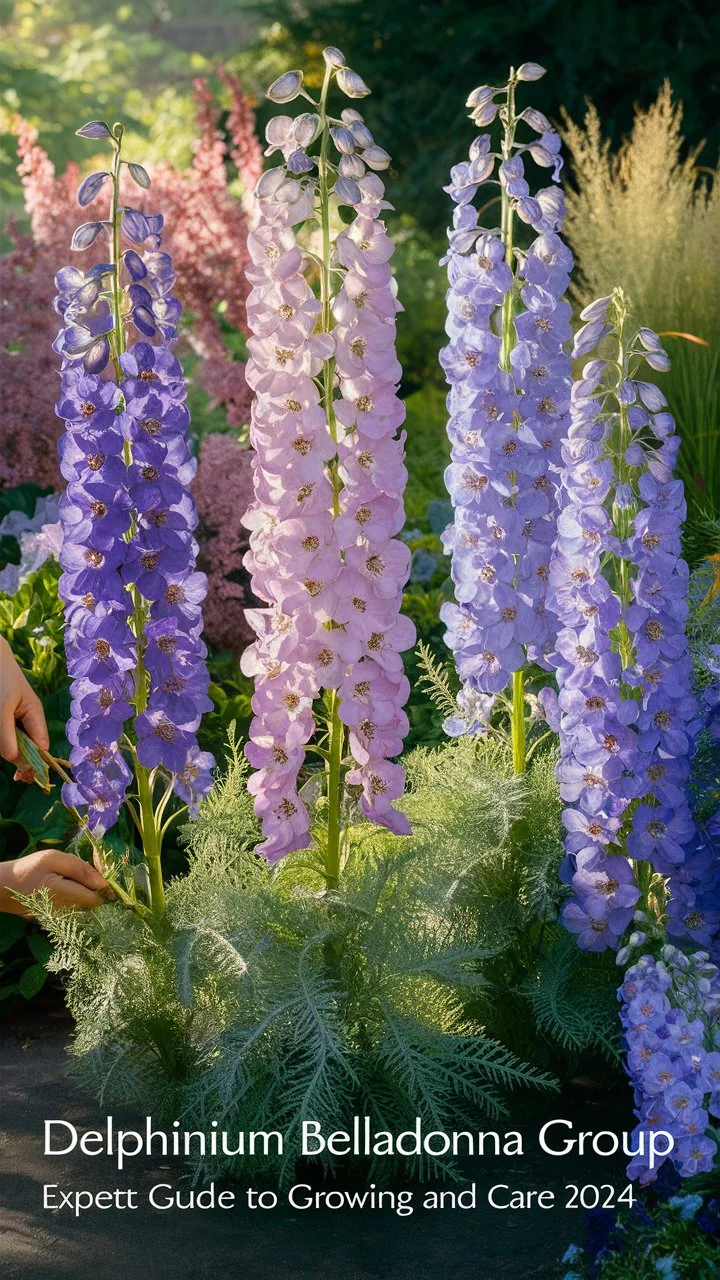Learn everything you need to know about the Delphinium Belladonna Group, from planting and care to design ideas for your garden. Perfect for US gardeners!
The Delphinium Belladonna Group represents an elegant collection of hardy perennial flowers known for their stunning blue spires and extended blooming period. These medium-height delphiniums, reaching 3-4 feet tall, offer gardeners reliable summer blooms, better heat tolerance than other varieties, and excellent cut flower potential. Perfect for both novice and experienced gardeners, Belladonna delphiniums bring the coveted “true blue” color to any garden landscape.
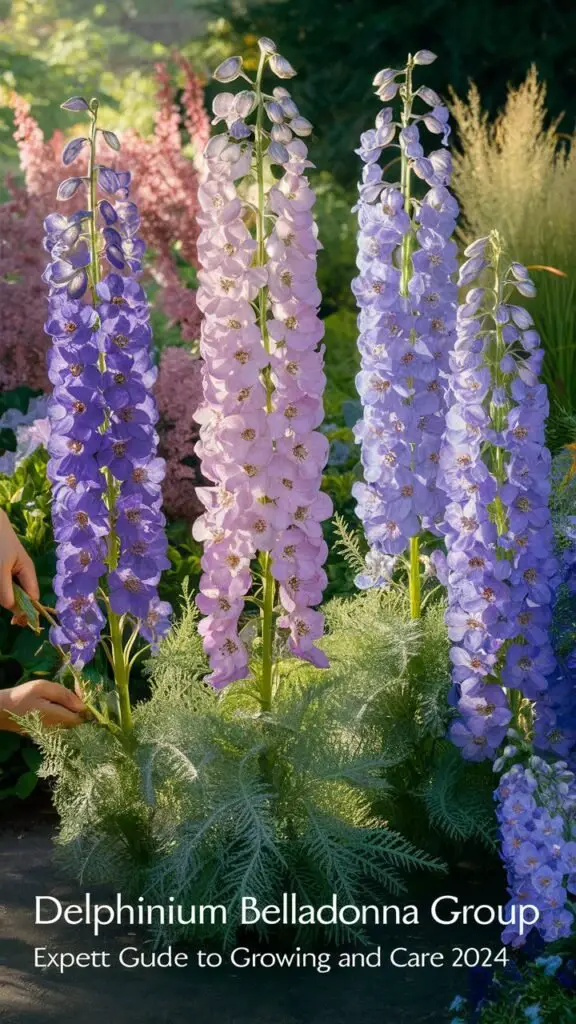
Hey there, fellow garden enthusiasts! I’m Ashley Scott, and after 10 years of digging in the dirt, I’ve fallen head over heels for the Delphinium Belladonna Group. These gorgeous plants, with their tall spikes of vibrant blue flowers, can transform any garden into something straight out of a fairy tale. If you’re looking to add some height, color, and charm to your yard, you’re in the right place!
In this article, I’ll walk you through everything I’ve learned about the Delphinium Belladonna Group—from what they are and where they came from to how to grow and care for them. I’ll even share some personal stories, like the time I first saw these beauties in bloom and knew I had to have them in my garden. Whether you’re a newbie gardener or a seasoned pro, I’ve got tips, tricks, and answers to all your burning questions (like “Is delphinium belladonna poisonous?”—spoiler: yes, but more on that later).
So, grab a cup of coffee, and let’s dive into the wonderful world of hybrid delphiniums!
Introduction to the Delphinium Belladonna Group
The Delphinium Belladonna Group is a special bunch of hybrid delphiniums that I absolutely adore. Known for their stunning blue flowers and elegant, towering spikes, these plants are a must-have for anyone who loves a pop of color in their garden. Unlike some fussier delphiniums, the Belladonna Group is a bit more laid-back, making them perfect for gardeners of all levels.
But what’s the delphinium belladonna meaning? The name “Belladonna” comes from their hybrid origins—a mix of Delphinium elatum (tall and stately) and Delphinium grandiflorum (shorter and more branched). This combo gives them a unique, looser flower spike that’s less dense than other delphiniums, perfect for a natural, cottage-garden vibe. And yes, are delphinium perennials? You bet! These beauties come back year after year, making them a long-term investment for your garden.
Some of my favorite varieties include delphinium belladonna blue donna, with its deep blue blooms, and delphinium cliveden beauty, a lighter blue stunner. There’s also delphinium belladonna group atlantis, with dark blue flowers and a white eye, and sea waltz delphinium, which has a soft lavender-blue hue. Trust me, once you see these in bloom, you’ll be hooked!
History and Origin of the Delphinium Belladonna Group
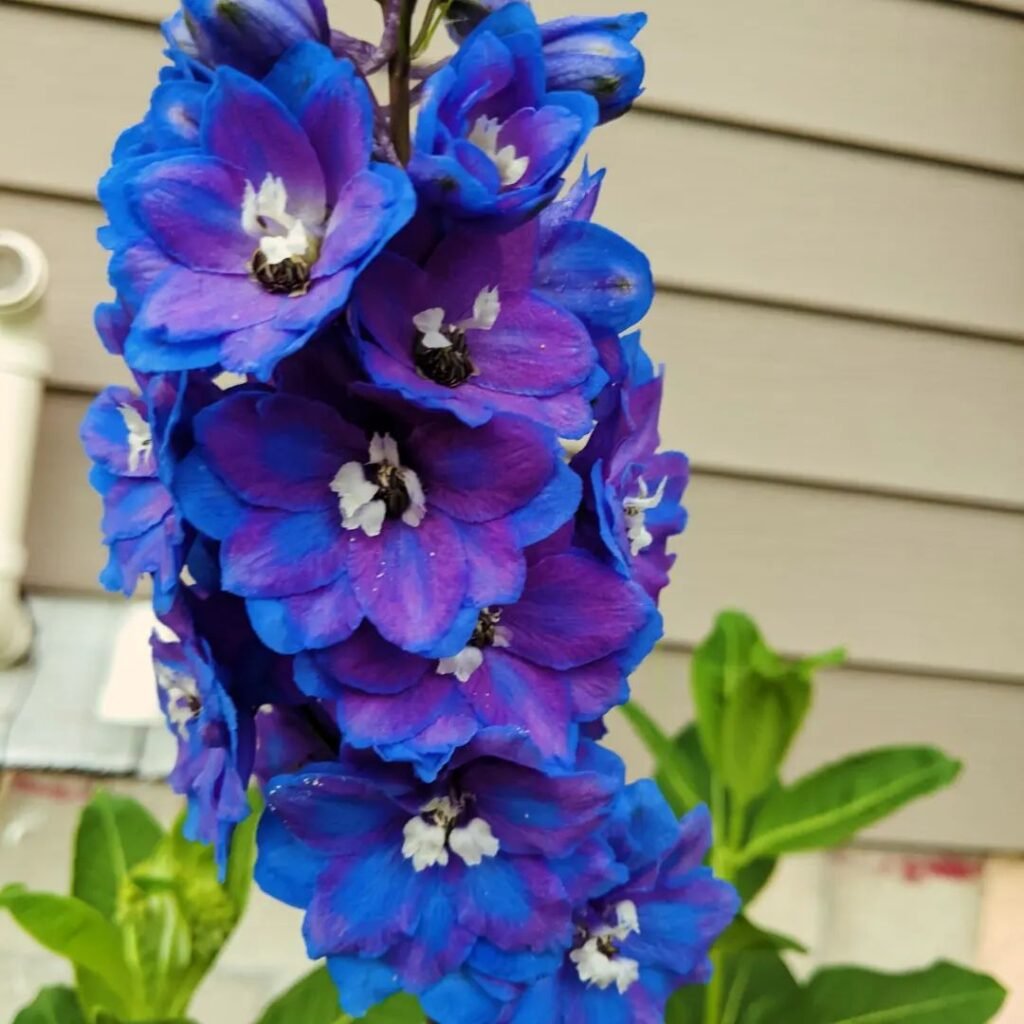
Delphiniums have been around for ages, and they’re part of the Ranunculaceae family—think buttercups and clematis. The Delphinium Belladonna Group, though, is a more modern creation, born from the genius of a 19th-century French plant breeder named Victor Lemoine. He crossed Delphinium elatum and Delphinium grandiflorum to create hybrids with bigger, brighter flowers and a more relaxed growth habit.
These hybrid delphiniums took off in Europe and eventually crossed the pond to the US, where gardeners like me can’t get enough of them. Sometimes called larkspur (though that’s more for annual delphiniums), the Belladonna Group stands out for its versatility and beauty. Fun fact: “Belladonna” also nods to the deadly nightshade plant (belladonna nightshade vs burdock—totally different species!), but don’t worry, we’ll cover the “is delphinium belladonna poisonous” question later.
Characteristics and Varieties of the Delphinium Belladonna Group
What makes the Delphinium Belladonna Group so special? Let me break it down:
- Height: They grow 3-4 feet tall, perfect for adding drama to your garden.
- Flowers: Mostly shades of blue—think deep sapphire to soft sky blue—though some varieties dip into white or purple.
- Bloom Time: Early to mid-summer, with a chance for a second bloom in fall if you care for them right.
- Foliage: Rich green, deeply lobed leaves that look great even when the flowers fade.
Here are some standout varieties I’ve grown or drooled over:
- Delphinium belladonna blue donna: Deep blue and sturdy—my go-to for bold color.
- Delphinium cliveden beauty: Lighter blue and a bit more compact, ideal for smaller spaces.
- Delphinium belladonna group atlantis: Dark blue with a white center—super striking.
- Sea waltz delphinium: Pale blue with a lavender twist, so dreamy.
These plants are technically delphinium × belladonna, a fancy way of saying they’re hybrids with a lot of personality!
How to Grow the Delphinium Belladonna Group
Ready to get your hands dirty? Growing the Delphinium Belladonna Group isn’t as tricky as you might think. Here’s how I do it:
When and Where to Plant
- Timing: Spring or early fall works best. This gives the roots time to settle before summer heat or winter chill.
- Location: Full sun is ideal, though they’ll handle partial shade (handy if you’re in a hot climate like Texas).
- Soil: They love rich, well-drained soil. If your yard’s more clay than loam, mix in some compost.
Seeds vs. Plants
You’ve got options here:
- Belladonna delphinium seeds: Cheaper, but slower. Start them indoors 8-10 weeks before the last frost. I’ve had success with this method—check out this how to plant delphinium guide for details.
- Plants: Quicker and easier. Grab healthy ones from a nursery, and you’re good to go.
Planting Tips
- Spacing: Give them 18-24 inches apart—they need room to stretch!
- Depth: Plant at the same level as their pot, or sow seeds 1/8 inch deep.
Personal story: My first time planting belladonna delphinium seeds, I was so nervous they wouldn’t sprout. But after a few weeks, tiny green shoots popped up, and I felt like a proud plant mom!
Care and Maintenance for Delphinium Belladonna Group
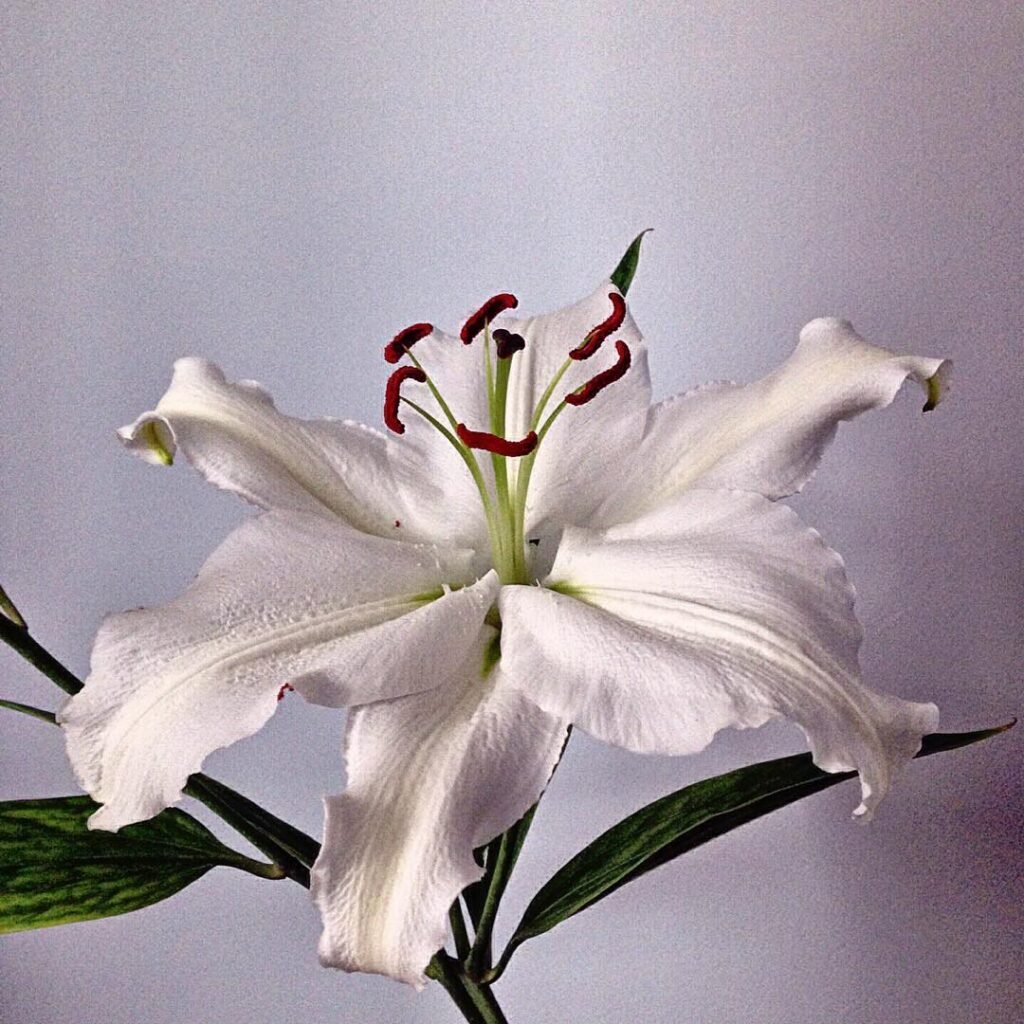
Once they’re in the ground, the Delphinium Belladonna Group needs a little TLC to shine. Here’s my routine:
Watering
- Keep the soil moist but not soggy. I water deeply once a week, more if it’s dry.
- Tip: Mulch around the base to lock in moisture—saves me time and keeps the roots happy.
Fertilizing
- Use a balanced, slow-release fertilizer in spring, then every 4-6 weeks during the growing season.
- I swear by a 10-10-10 mix—it’s worked wonders for my blooms.
Staking
- Those tall spikes can flop in wind or rain, so I stake them with bamboo or plant supports. Learn more about staking perennials here.
- Funny story: One windy day, my unstaked delphiniums looked like they’d had a wild night out—lesson learned!
Deadheading
- Snip off spent flower spikes to encourage more blooms. I cut back to just above a leaf or side shoot.
- This trick got me a second bloom last fall—pure magic!
Winter Care
- After the first frost, cut them back to 3 inches and add mulch for protection. They’ll thank you come spring.
Common Problems and Solutions
No plant’s perfect, and the Delphinium Belladonna Group has its quirks. Here’s what I’ve dealt with:
Pests
- Aphids: Tiny sap-suckers. I blast them off with water or use insecticidal soap.
- Slugs and Snails: These munchers love delphinium leaves. I set out beer traps—works like a charm.
Diseases
- Powdery Mildew: White fuzz on leaves. I improve airflow and use a fungicide if it gets bad.
- Crown Rot: Too much water can rot the roots. Good drainage is key—learned that the hard way!
Other Questions
- Does delphinium spread?: Not really, but they can self-seed. Deadhead to keep them in check.
- Is delphinium belladonna poisonous?: Yes, all parts are toxic if eaten. I keep mine away from my curious dog!
Using Delphinium Belladonna Group in Your Garden
Now, let’s get creative! Here’s how I use these beauties in my garden:
Cottage Gardens
- Pair them with roses, foxgloves, or lavender for that classic, cozy look. My cottage bed is my pride and joy.
Borders and Backdrops
- Plant them at the back of a border for height. They make shorter plants pop.
Cut Flowers
- Their long stems are perfect for vases. I cut them in the morning for the best results.
Companion Plants
- Try achillea, geraniums, or campanula. I love how campanula’s blue bells match my delphiniums!
Check out my perennial gardening guide for more ideas.
Conclusion
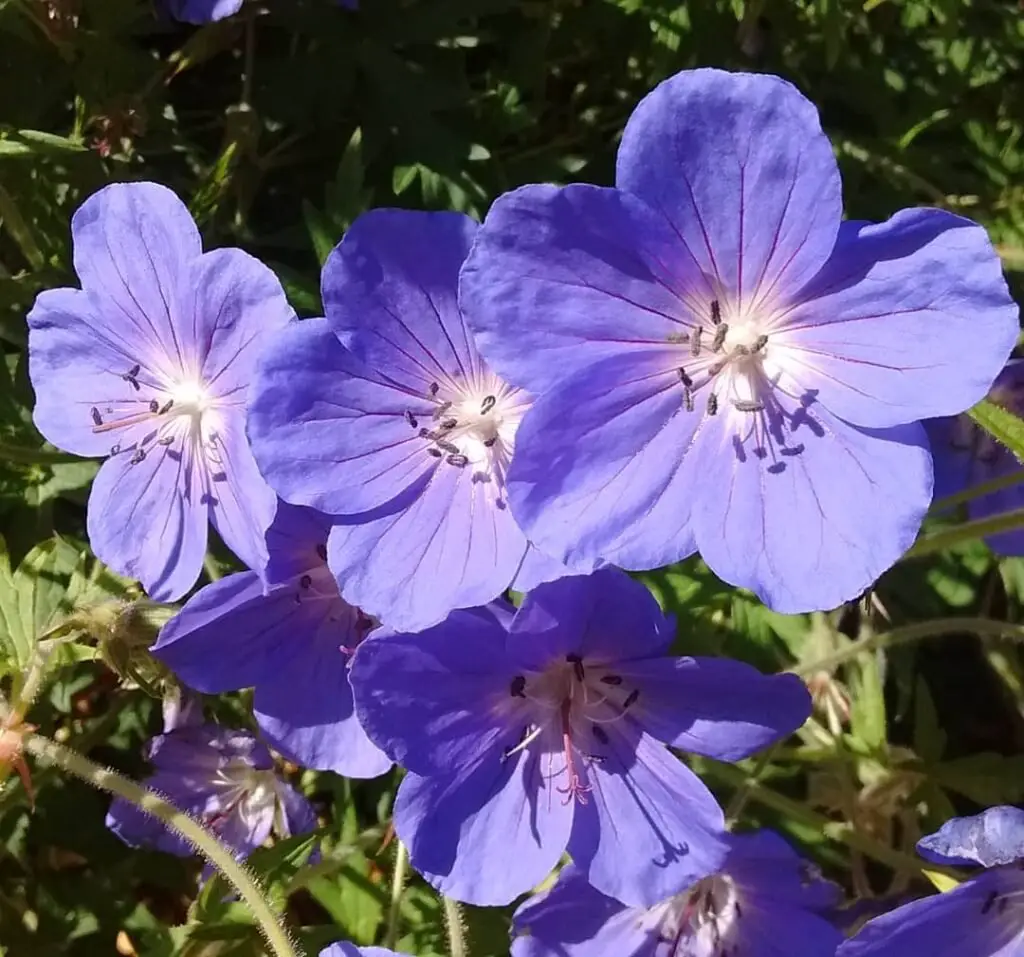
The Delphinium Belladonna Group is hands-down one of my favorite plants. With their striking blue flowers and easy-going nature, they’re a dream for any US gardener. Whether you’re growing delphinium cultorum belladonna or delphinium belladonna belladonna, a little care goes a long way—full sun, good soil, and some staking, and you’re set.
I’ll never forget the first time I saw these in bloom—towering blue spikes swaying in the breeze. It was love at first sight, and they’ve been a staple in my garden ever since. Want to know more about caring for them? Peek at my delphinium care article.
Got questions or stories of your own? Drop a comment below—I’d love to chat! Happy gardening!
FAQs: Quick Answers About Delphinium Belladonna Group
Are Delphinium Belladonna Group perennials?
Yes, they come back every year!
How tall do they grow?
About 3-4 feet—perfect for height.
Can I grow them in containers?
Yup, just use a big pot with drainage.
Do they need full sun?
They love it but can handle some shade.
Are they deer-resistant?
Yes, thanks to their toxicity.

